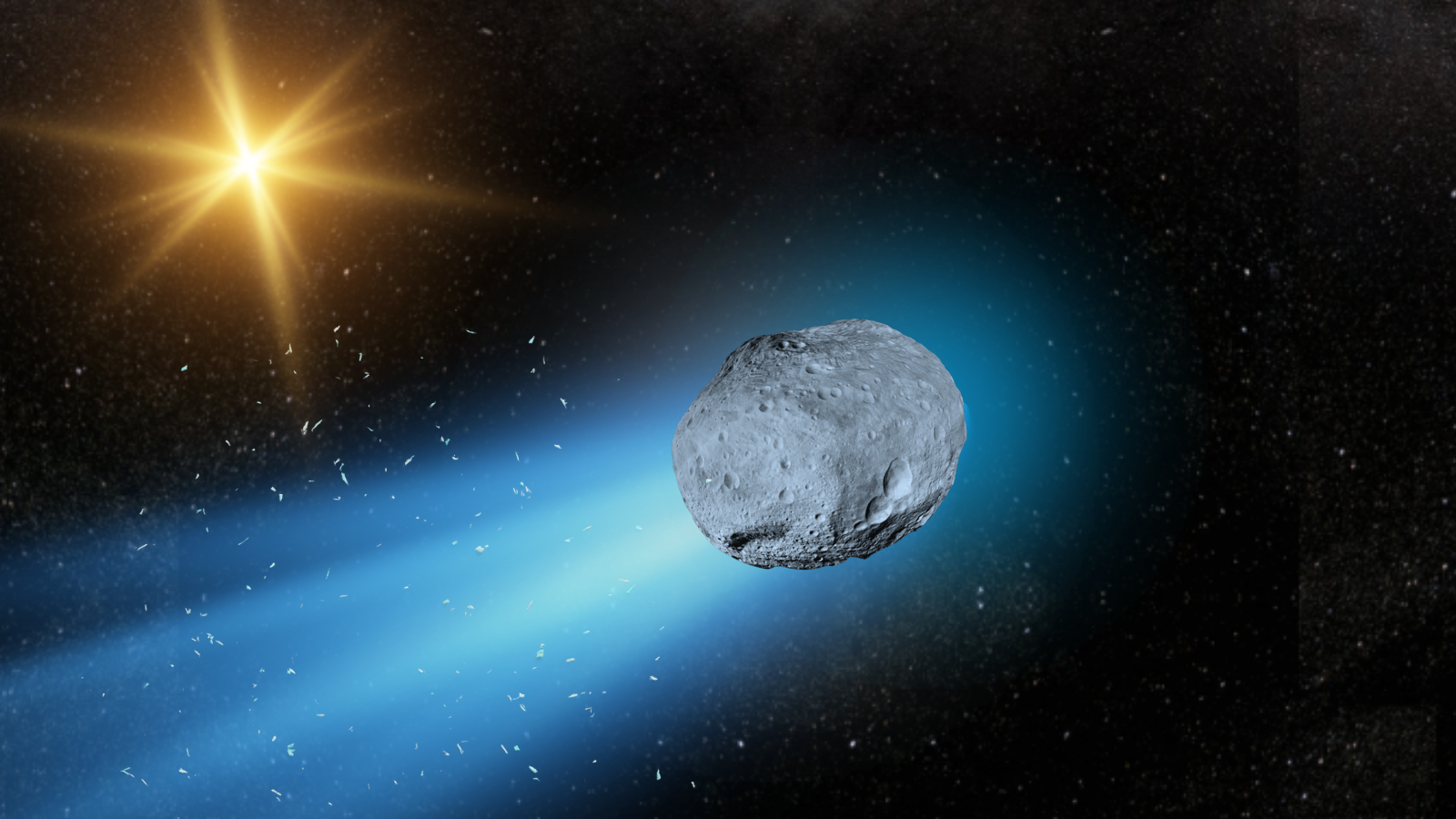Eight Spacecraft Deliver Fresh Perspectives on Interstellar Comet 3I/ATLAS

NASA has unveiled a new collection of images of the interstellar comet 3I/ATLAS, captured by a collaborative effort involving eight different spacecraft, satellites, and telescopes. The agency announced the release, stating, > "We've just released the latest images of the interstellar comet 3I/ATLAS, as observed by eight different spacecraft, satellites, and telescopes." This unprecedented multi-observatory effort provides scientists with a wealth of data on the rare visitor, which recently made a close approach to Mars. These observations aim to deepen understanding of the comet's composition and behavior.
The images were gathered by a diverse array of instruments, including NASA's Mars Reconnaissance Orbiter (MRO) with its HiRISE camera, the Perseverance Mars rover's Mastcam-Z, and the MAVEN spacecraft, all positioned near Mars. Further contributions came from the Hubble Space Telescope, the James Webb Space Telescope (JWST), and sun-watching missions like PUNCH and SOHO, alongside observations from European Space Agency satellites and ground-based telescopes. This collaborative approach allows for a comprehensive view of the comet from various angles and distances.
Discovered in early July, 3I/ATLAS marks only the third confirmed interstellar object observed within our solar system. Scientists estimate its size to range from approximately 1,400 feet to 3.5 miles in diameter, with some observations suggesting it could be as large as 7 miles wide. Its hyperbolic trajectory and high speed confirm its origin from outside our cosmic neighborhood, making it potentially billions of years older than our Sun.
Observations from the JWST revealed a high carbon dioxide content, hinting that 3I/ATLAS may have formed in a region vastly different from our solar system. As the comet approached its perihelion, or closest point to the Sun, it exhibited significant activity, shedding gas and dust. This led to speculation by some, including Harvard astrophysicist Avi Loeb, that the comet might have undergone fragmentation due to the intense solar radiation, though NASA officials maintain it behaves consistent with a natural comet.
The comet passed within 18 million miles of Mars in October and is expected to make its closest approach to Earth in mid-December, at a distance of 167 million miles. Scientists anticipate further observations from both professional and amateur astronomers as 3I/ATLAS continues its journey. The extensive data collected will be analyzed for years to come, offering unique insights into the conditions of other star systems and the early galaxy.